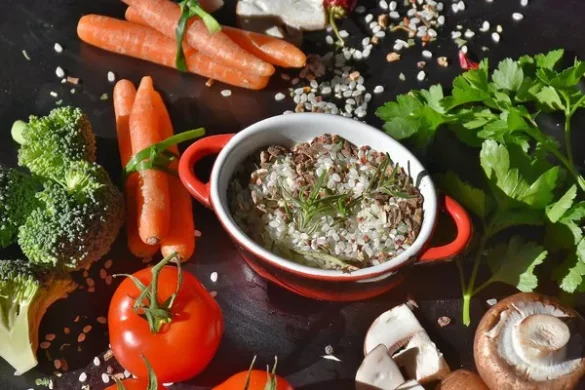A recent study conducted by the Rand Corporation has brought to light a concerning issue—approximately 1.4 million veterans in the United States, nearly 7.5% of the veteran population, are grappling with food insecurity. Even more concerning, a significant portion of these veterans, especially those over the age of 70, are not utilizing government food assistance programs, according to the report released this week.
The report, titled “Reducing Policy Barriers to SNAP Participation by Food-Insecure Veterans,” asserts that these findings should prompt the federal government to reevaluate how it assesses veterans for food insecurity and revise its approach to disability payments. The aim is to encourage more veterans to apply for social services and address this growing crisis.
One of the most pressing concerns raised by the study is the potential for food insecurity to lead to other serious problems, both physical and mental. Researchers and advocates have stressed that inadequate access to food can exacerbate health conditions and increase the risk of suicide among veterans.
The report revealed that less than 5% of the food-insecure veteran population, which amounts to nearly 1.4 million individuals, are enrolled in the federal government’s Supplemental Nutrition Assistance Program (SNAP), formerly known as food stamps. This highlights a significant gap between those in need and those receiving assistance.
To bridge this gap, the study recommends implementing more effective screening methods to assess veterans’ food access and conducting further research to identify barriers preventing them from enrolling in food assistance programs. Possible barriers include stigma associated with seeking help, lack of awareness about available programs, or policies that count veterans’ disability benefits as income.
Tamara Dubowitz, a senior policy researcher at Rand, emphasized that food insecurity refers to difficulties providing enough food for all household members at some point in time during the year due to limited resources.
The gap between food-insecure veterans and SNAP enrollment was most pronounced among veterans over 70 and those with disabilities. Approximately 70% of food-insecure veterans over 70 were not enrolled in SNAP, compared to 60% of nonveterans in the same age group. Among food-insecure disabled veterans, 55% were not enrolled, compared to about 45% of nonveterans. Further research is needed to understand why veterans aren’t enrolling.
Addressing food insecurity among veterans can potentially lead to improvements in their physical and mental health while reducing the risk of suicide—a critical concern as veterans are already 57% more likely to die by suicide than nonveterans, as reported by the Centers for Disease Control and Prevention.
Josh Protas, Vice President of Public Policy for MAZON, an organization dedicated to fighting hunger, emphasized the need to consider food security as part of suicide prevention efforts.
The Department of Veterans Affairs currently screens veterans for their ability to purchase enough food during primary care visits. However, veterans who do not qualify for or utilize VA healthcare may not be included in these screenings.
Last year, the White House initiated a national strategy on hunger, nutrition, and health, which urged the VA to review its food assistance programs and screening processes. Megan Bowman, coordinator for the Veterans Health Administration’s Food Security Program Office, stated that they anticipate expanding existing programs and services to address this issue.
The study also shed light on the fact that VA disability payments are considered income when enrolling in SNAP, which may deter veterans from seeking assistance. While this study indicated that veterans receiving disability benefits are less likely to enroll in SNAP, further research is necessary to determine whether these payments render veterans ineligible even when they still struggle to purchase enough food.
A similar issue has been identified among active-duty military members who face food insecurity. Previous Rand reports have revealed that 15% of service members do not have adequate access to food, and housing allowances can increase their incomes, making them ineligible for government assistance.
Josh Protas has been advocating for legislative change for over a decade to address this issue among military members. He expressed concerns that achieving the same for veteran benefits may face similar challenges.
Protas lamented, “You would think that this is an easy bipartisan thing to accomplish. Unfortunately, too many feel that food security is not a priority in this country and that it shouldn’t be for the federal government. That includes for military families and for veterans.”

